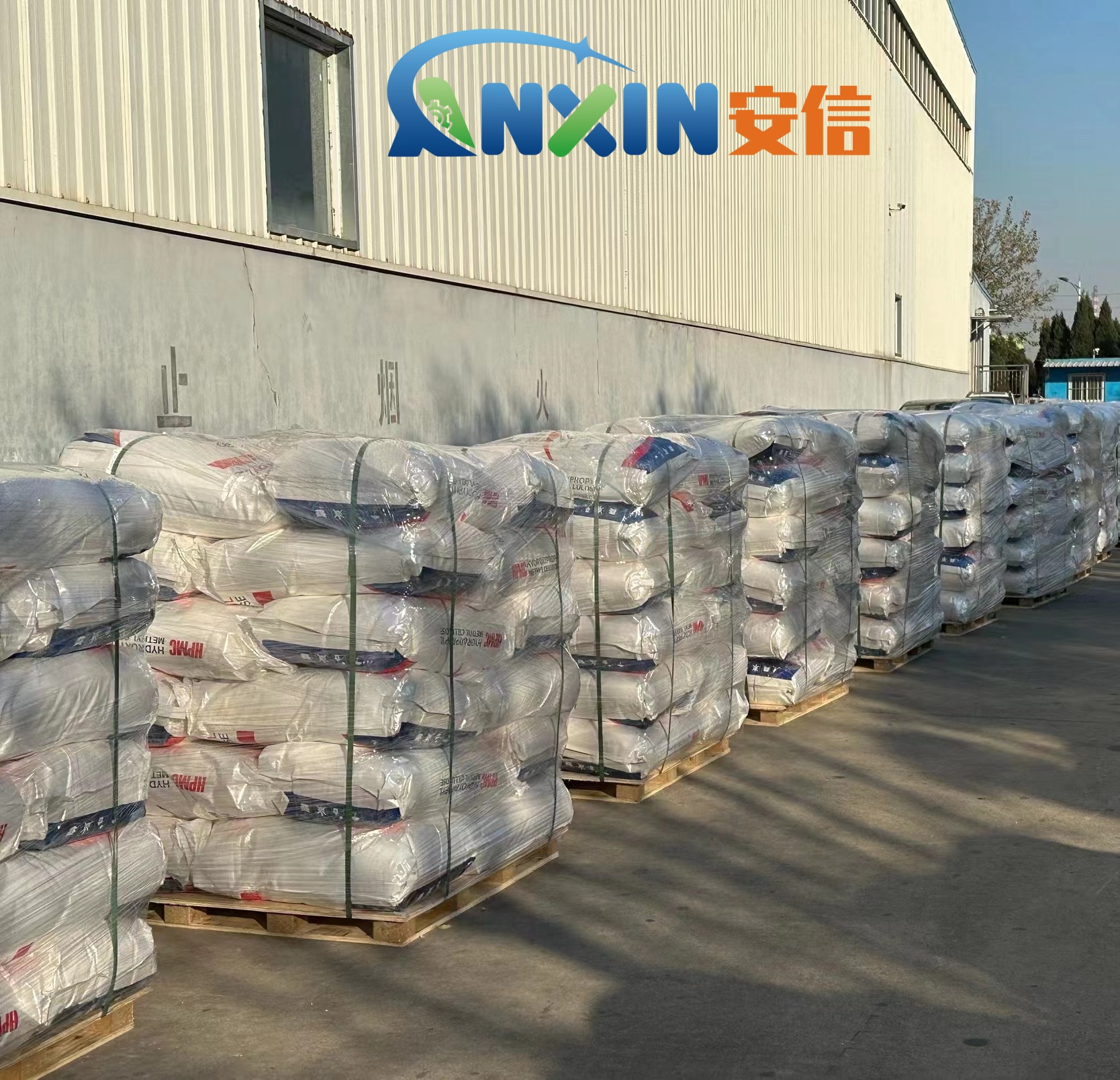Application Prospects of Hydroxyethyl MethylCellulose (HEMC) and Hydroxypropyl MethylCellulose (HPMC)
Hydroxyethyl MethylCellulose (HEMC) and Hydroxypropyl MethylCellulose (HPMC) are both members of the methylcellulose family, widely used in various industries due to their unique properties and versatile applications. Here, we’ll explore the application prospects of HEMC and HPMC across different sectors:
Construction Industry:
1. Tile Adhesives and Grouts: HEMC and HPMC are commonly used as thickeners and water retention agents in tile adhesives and grouts. They improve workability, adhesion, and open time, enhancing the performance of ceramic and stone tile installations.
2. Cementitious Renders and Plasters: HEMC and HPMC improve the workability and sag resistance of cementitious renders and plasters. They enhance cohesion, reduce cracking, and improve surface finish, making them ideal additives for exterior and interior wall applications.
3. Self-Leveling Flooring Compounds: HEMC and HPMC act as rheology modifiers in self-leveling flooring compounds, ensuring uniform flow and leveling properties. They improve surface smoothness, reduce pinholes, and enhance the overall quality of the finished floor.
4. Exterior Insulation and Finish Systems (EIFS): HEMC and HPMC are used in EIFS formulations to improve adhesion, flexibility, and crack resistance. They enhance the durability and weatherability of exterior wall systems, providing thermal insulation and aesthetic appeal.
Paints and Coatings:
1. Water-Based Paints: HEMC and HPMC serve as thickeners and stabilizers in water-based paints, improving viscosity, flow control, and brushability. They enhance film build, leveling, and color development, contributing to the overall performance and appearance of the coating.
2. Texture Coatings and Decorative Finishes: HEMC and HPMC are used in texture coatings and decorative finishes to modify texture, impart sag resistance, and improve workability. They enable the creation of a variety of decorative effects, from fine textures to coarse aggregates, enhancing architectural design options.
3. Dry-Mix Mortars: HEMC and HPMC act as rheology modifiers and water retention agents in dry-mix mortars such as renders, stuccos, and EIFS basecoats. They improve workability, reduce cracking, and enhance adhesion, contributing to the performance and durability of the mortar.
4. Wood Coatings and Stains: HEMC and HPMC are used in wood coatings and stains to improve flow and leveling, enhance color uniformity, and reduce grain raise. They provide excellent compatibility with solvent-based and water-based formulations, offering versatility in wood finishing applications.
Pharmaceuticals and Personal Care:
1. Topical Formulations: HPMC is widely used in topical pharmaceutical formulations such as creams, gels, and ointments. It serves as a viscosity modifier, stabilizer, and film former, improving spreadability, skin feel, and drug release characteristics.
2. Oral Dosage Forms: HPMC is used in oral dosage forms such as tablets, capsules, and suspensions as a binder, disintegrant, and controlled-release agent. It enhances tablet hardness, dissolution rate, and bioavailability, facilitating drug delivery and patient compliance.
3. Personal Care Products: HPMC is a common ingredient in personal care products such as shampoos, lotions, and cosmetics. It functions as a thickener, suspending agent, and emulsion stabilizer, improving product texture, stability, and sensory attributes.
4. Ophthalmic Solutions: HPMC is used in ophthalmic solutions such as eye drops and artificial tears as a viscosity enhancer and lubricant. It improves ocular surface wetting, tear film stability, and drug retention, providing relief for dry eye symptoms.
Food Industry:
1. Food Additives: HPMC is approved for use as a food additive in various food products such as sauces, dressings, and baked goods. It serves as a thickener, stabilizer, and emulsifier, enhancing texture, mouthfeel, and shelf stability.
2. Gluten-Free Baking: HPMC is used in gluten-free baking formulations to improve texture, volume, and moisture retention. It mimics some of the properties of gluten, helping to create a light and airy crumb structure in bread, cakes, and pastries.
3. Low-Fat and Low-Calorie Foods: HPMC is utilized in low-fat and low-calorie foods as a fat replacer and texture enhancer. It helps to mimic the creamy texture and mouthfeel of higher-fat products, allowing for the development of healthier food options.
4. Dietary Supplements: HPMC is used as a capsule and tablet coating material in dietary supplements and pharmaceuticals. It provides a moisture barrier, controlled release properties, and improved swallowability, enhancing the stability and bioavailability of active ingredients.
Conclusion:
The application prospects of Hydroxyethyl MethylCellulose (HEMC) and Hydroxypropyl MethylCellulose (HPMC) are broad and diverse, spanning industries such as construction, paints and coatings, pharmaceuticals, personal care, food, and more. As demand grows for environmentally friendly, sustainable, and high-performance products, HEMC and HPMC offer valuable solutions for formulators and manufacturers seeking to innovate and differentiate their products in the market. With their multifunctional properties, versatility, and regulatory approvals, HEMC and HPMC are poised to play an increasingly important role across a wide range of applications in the years to come.
Post time: Mar-23-2024
